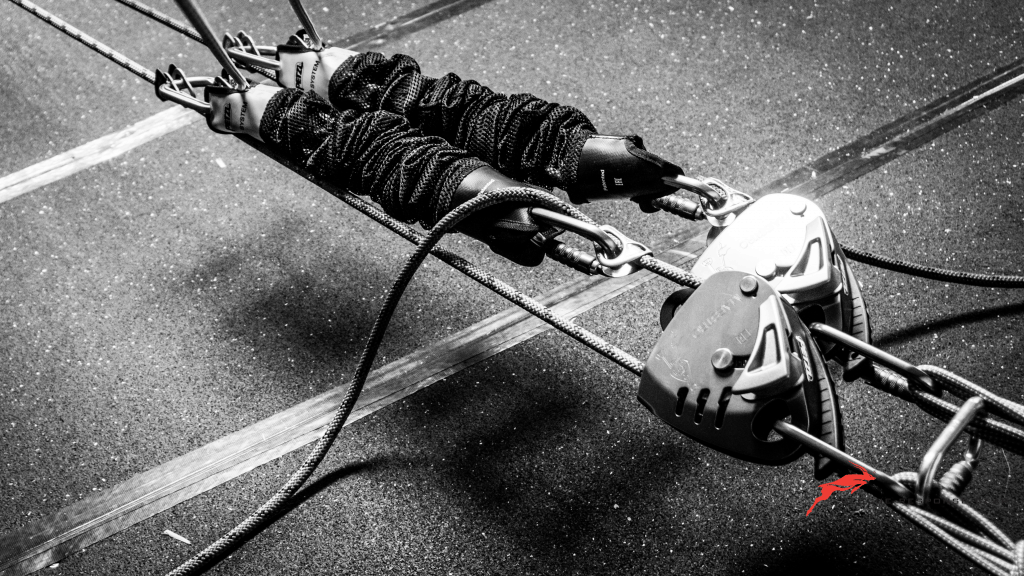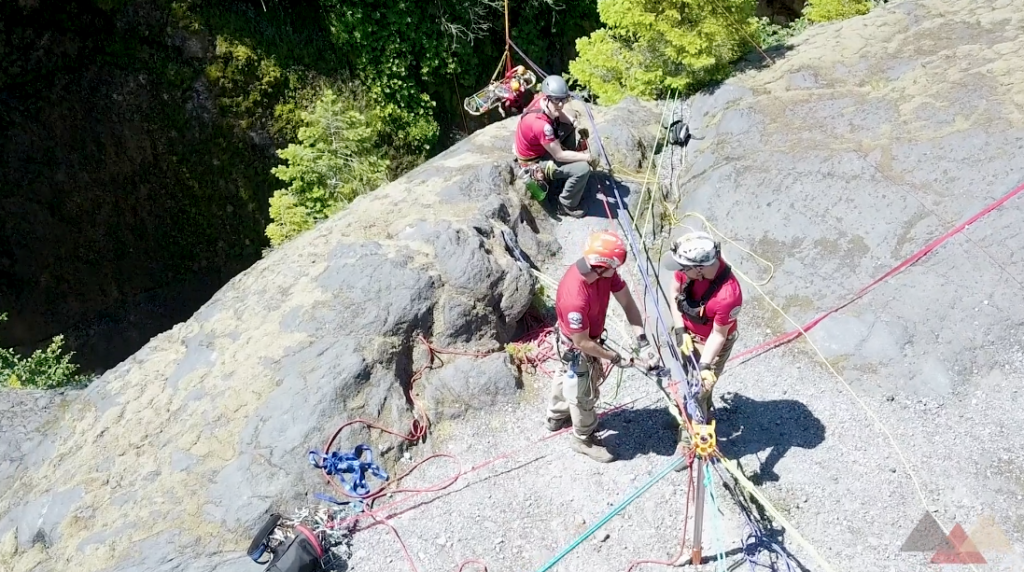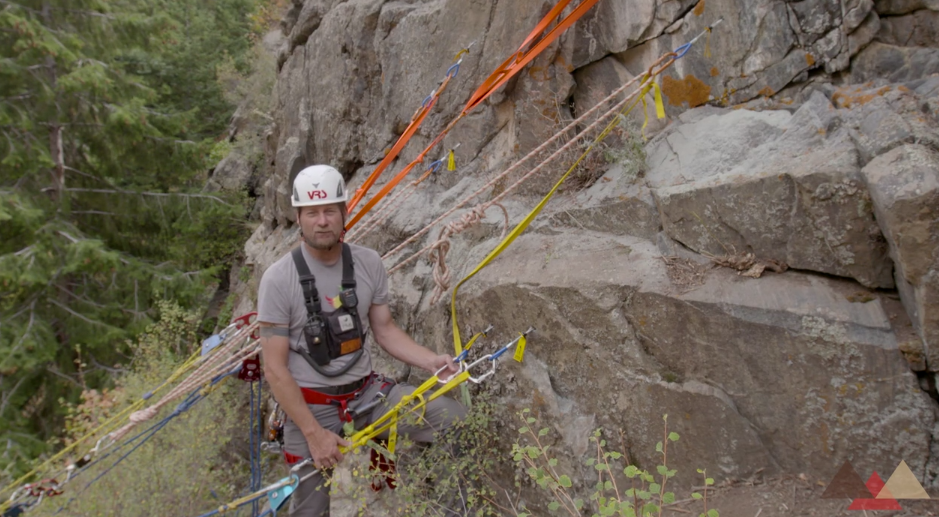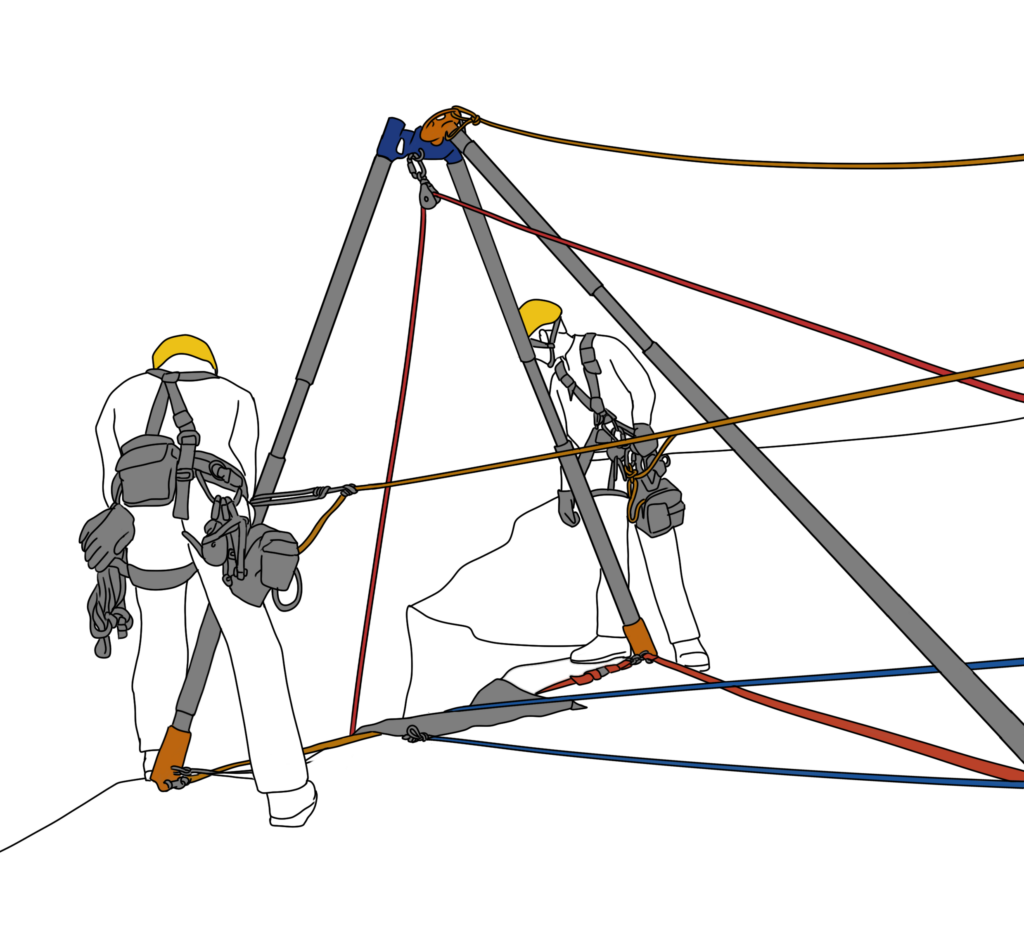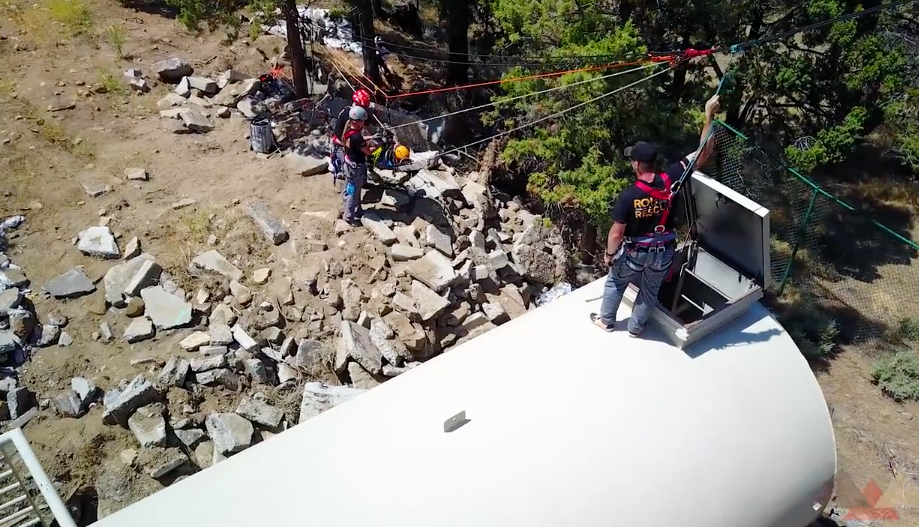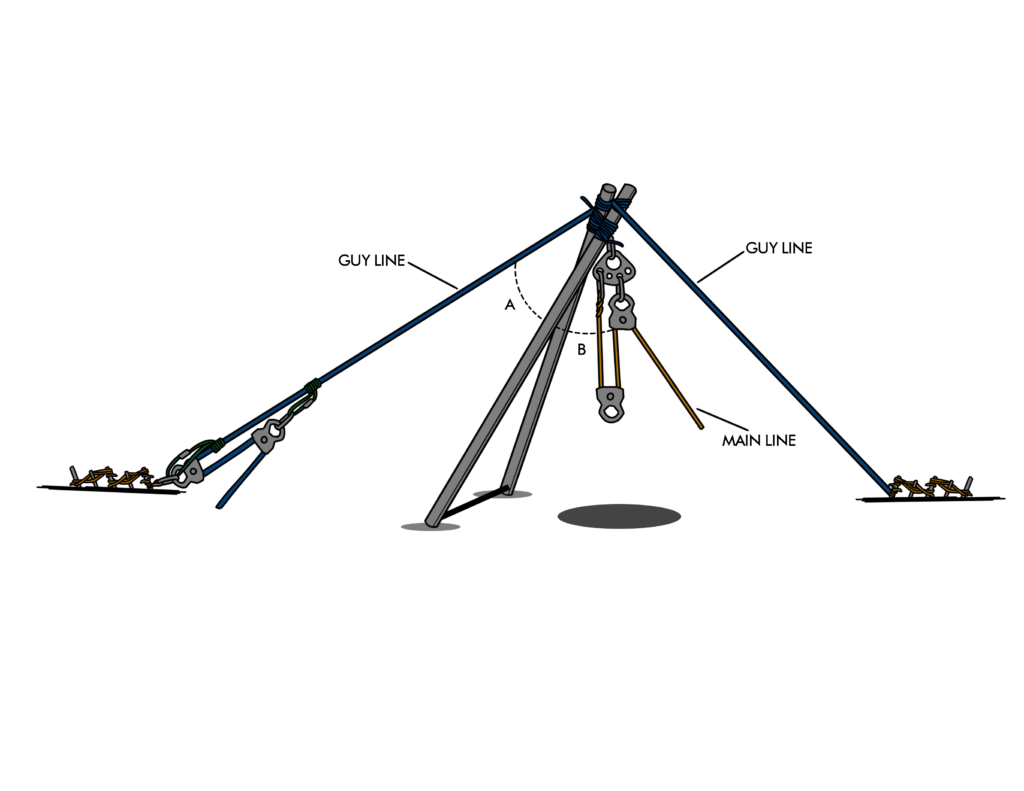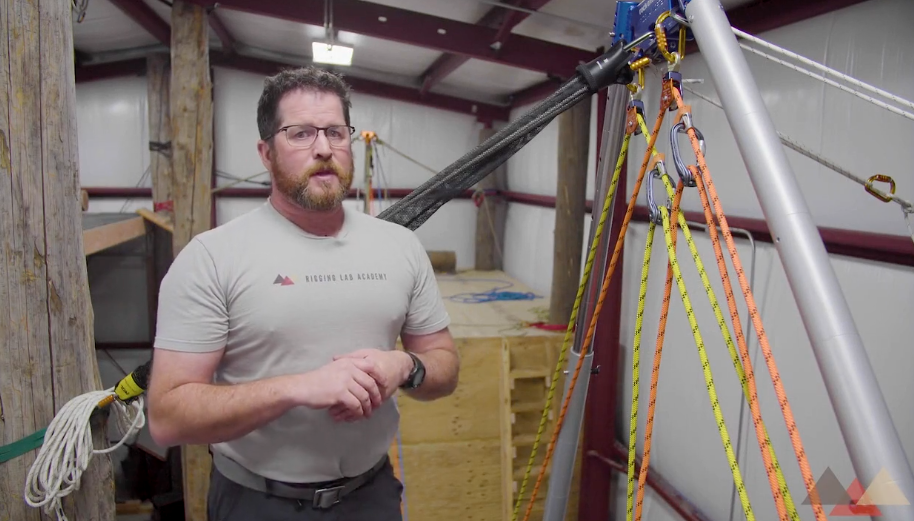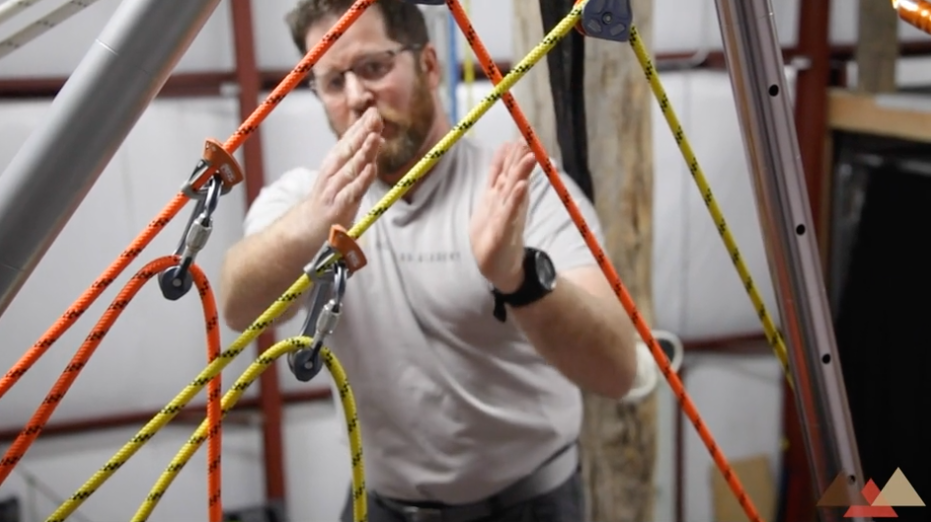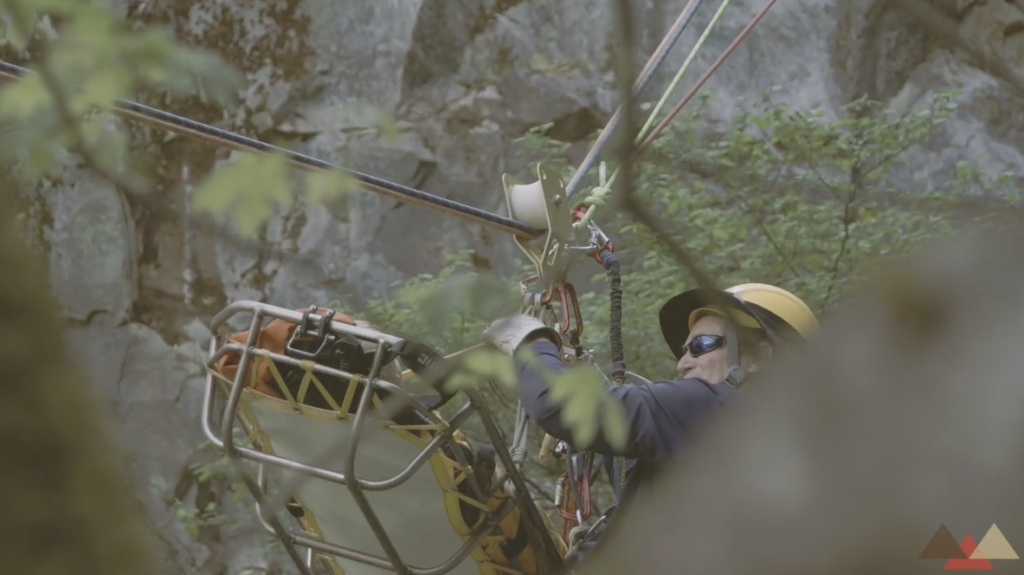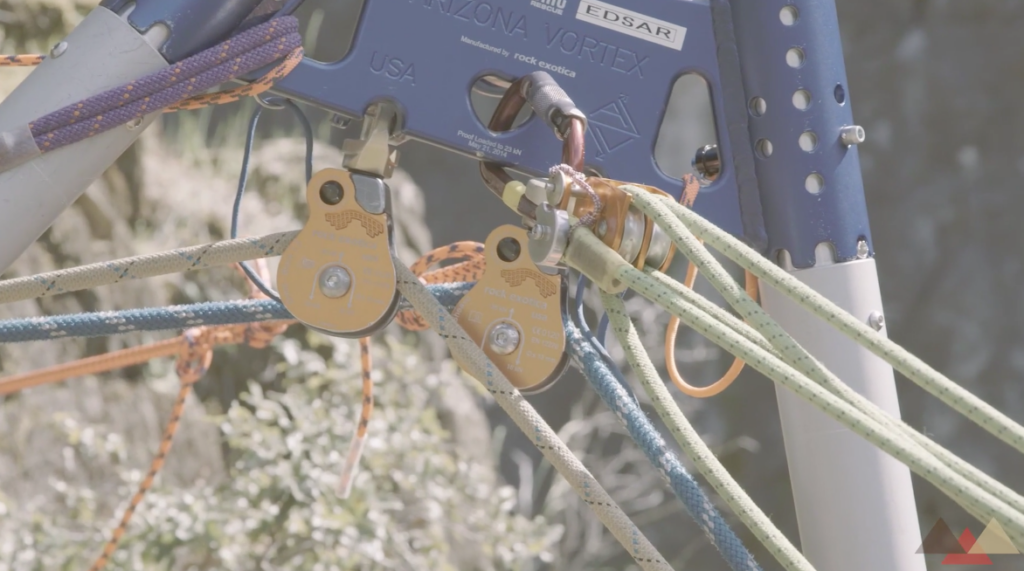Petzl JAG System for Rescue Operations
The Petzl JAG System is an essential and versatile tool in rescue and rigging applications, designed for high-efficiency hauling and tensioning tasks. It is ideal for use in pickoffs, creating releasable anchors, and tensioning systems, with the flexibility to handle confined spaces or complex rescues. The system’s compactness allows it to be deployed in tight […]
Petzl JAG System for Rescue Operations Read More »

